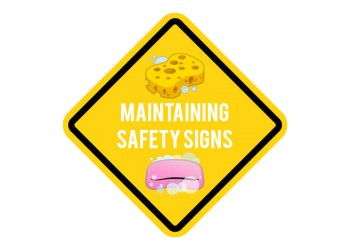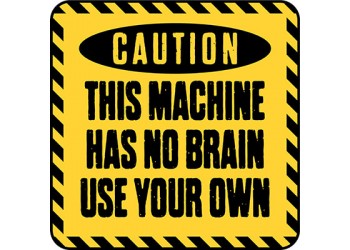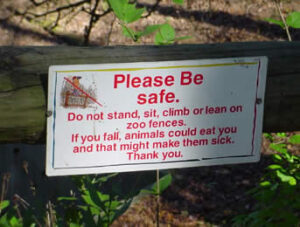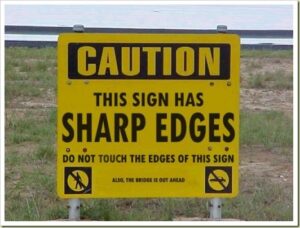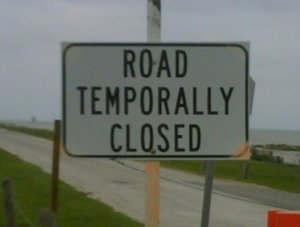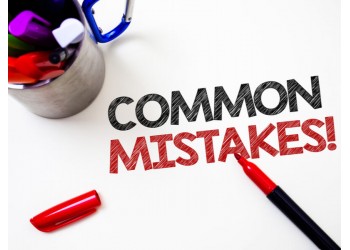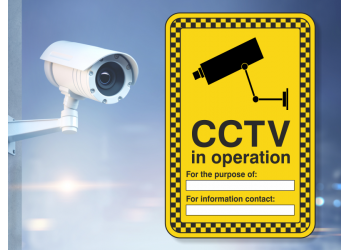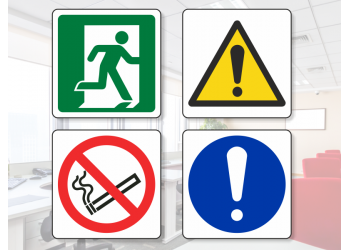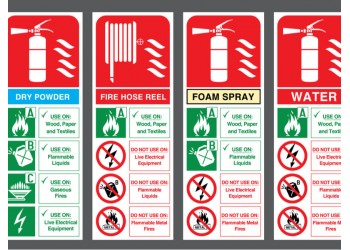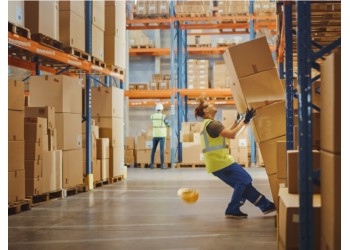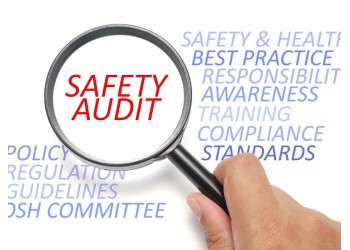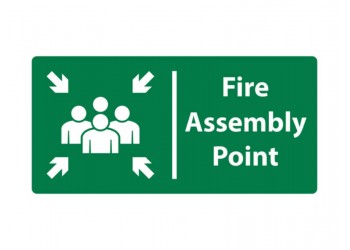Safety signs are the essence of your business in more ways than one. As a business owner, it is your responsibility to make sure you keep the health and safety of employees, guests and visitors a top priority. And, one way to do this is to make sure the right information is freely available at the most risk-dense spots around the workplace. As with any addition to your work premises, maintenance is key when it comes to making safety signs work for you. In today’s guide, we’ll walk you through the reasons why you should prioritise cleaning and care in your business.
Why Is Maintenance Important?
Once you’ve performed a risk assessment and installed the relevant safety signs, the information is readily available for all to see. But, without a proper maintenance schedule, you’ll likely encounter problems. Modern safety signs are designed to be incredibly hard-wearing and durable. They come in different materials (at Lasting Impressions, we have self-adhesive vinyl or 1mm rigid plastic) meaning you can install them inside or outside, depending on your needs. And, they are designed to last for an extended period of time. This doesn’t mean you can ignore them though. A poorly cared for safety sign will:
- Become illegible for individuals to read.
- Get overlooked by busy or new employees.
- Fail to capture attention or actually reduce the risk in question.
- Pose their own safety risk if they fall off of wall or surfaces.
All of these scenarios will reduce the effectiveness of your signs and mean you aren’t actively reducing hazards in the workplace. You run the risk of more accidents and the chance of legal action by disgruntled employees.
Location-Specific Maintenance Challenges
You’ll likely install safety signs in numerous locations around your premises. And, different spots require different maintenance to keep them looking their best.
Kitchen/catering Safety Signs
Kitchens are notoriously hot and greasy environments. From the steam from dishwashers through to oil spray from frying pans, the signs that you have in these spaces are likely to become grubby very quickly. Even though most are manufactured from wipe-clean materials, grease can become difficult to shift over time. Equally, the high moisture content in the air can cause more flexible designs to become damaged over time if the condensation isn’t wiped from them regularly.
It pays to consider the material you opt for in these environments – especially in locations such as over the stove or near cooking appliances. Choose something hard wearing and durable to minimise damage.
Bathrooms Safety Signs
There will be situations where you need to convey specific messages in bathrooms and toilets around your premises. The signs you use here are exposed to a high-bacteria environment with toilet spray and dirty hands. If you don’t have a structured process for maintaining and cleaning these signs, there is a risk of cross-contamination from person to person. Antibacterial spray and wipes should be used regularly to kill off unwanted germs and keep the environment hygienic at all times.
External Signs
In some instances, the safety signs that you need will be installed on the outside of your building. This could be in a farming or agricultural environment or around a construction site. These signs are exposed to harsh weather conditions, mud spray from machinery and general dirt build-up. It’s very easy for them to become entirely illegible – especially if they’re not checked or maintained regularly. Again, with a range of materials available, it’s easy to choose the style that best withstands these environments. But you’ll still need a routine in place to minimise the risk of these issues.
Installation Maintenance
You also need to ensure that, no matter the style or type of safety sign you choose, that it is installed and secure at all times. Signs that have fallen off the wall present both a tripping hazard and aren’t able to do their job properly. Signs that have started breaking away from their support are unlikely to be seen as easily. Consider also any additional lighting that you’ve put in place to make sure the sign is legible in all environments. If this breaks, how will an individual read the vital information available in the event of a power cut? And, could this put them in real danger? Installation maintenance is just as important as cleaning when it comes to your safety signs.
How to Maintain Your Safety Signs
Due to their design, it’s very easy to keep the signs around your business clean, legible and installed correctly. We recommend incorporating the following steps into your weekly or bi-weekly routine.
- Wipe down the surface of all signs with a damp cloth. Use a mild soap, if needed, to shift tougher stains.
- Dust signs regularly. A build-up of dirt and grime can make a sign appear older than it is, encouraging people to ignore its messages.
- In moisture-rich or dirty environments, opt for 1mm rigid plastic signs that can withstand harsh surroundings without warping or becoming damaged.
- Wipe away excessive moisture or rain when spotted on signs. This will help to reduce damage and keep the message clear.
- Check any screws or fittings on a monthly basis to ensure the sign is firmly affixed to the wall.
- Check self-adhesive signs to make sure they haven’t started peeling away from their surface.
- Replace signs when they start to look weathered or old.
It’s important to have a system in place when it comes to caring for your safety signs. They are there to help mitigate risk and keep your employees, guests and visitors safe. Therefore, they must work effectively and do their job to the highest standard. Here at Lasting Impressions, we have over 40 years of experience in designing and supplying safety signs to all manner of customers and businesses. And, this time has given us knowledge on how to get the most from your signs over the years. If you would like to speak to a member of our team or have a specific enquiry to make about one of our signs, please do get in contact here today.
